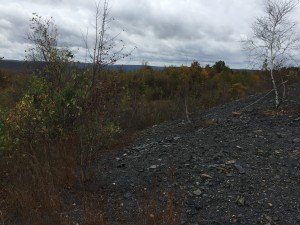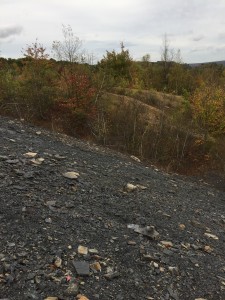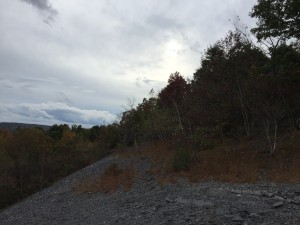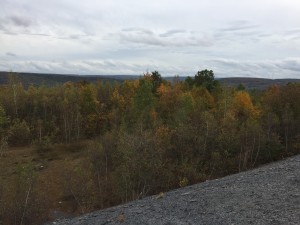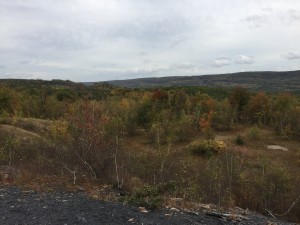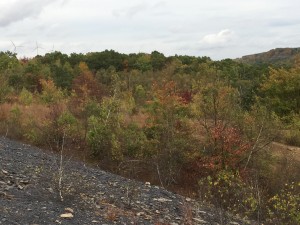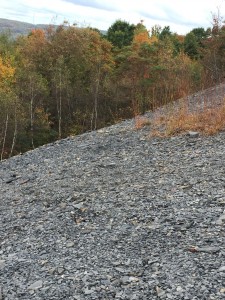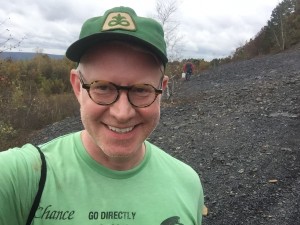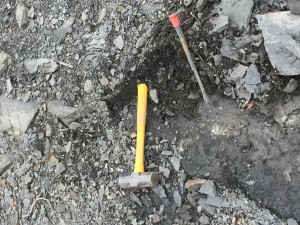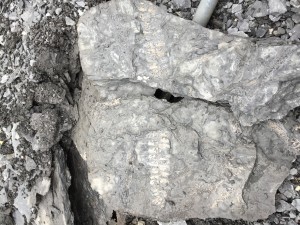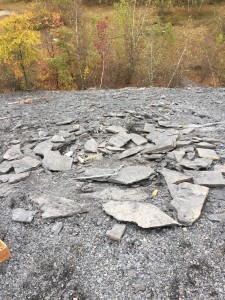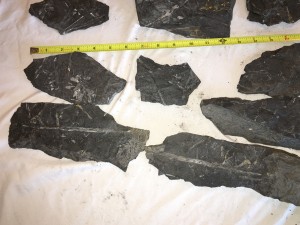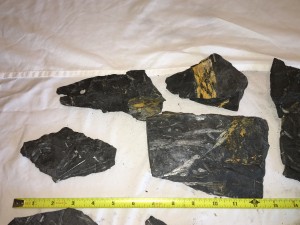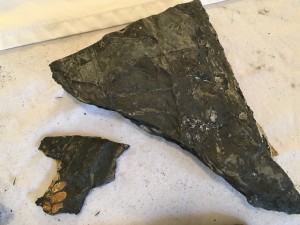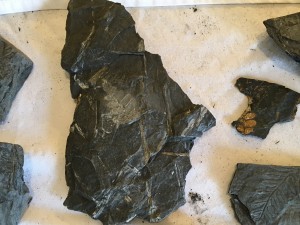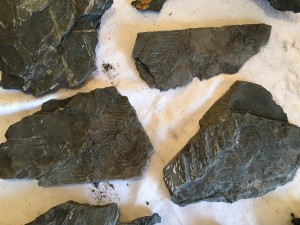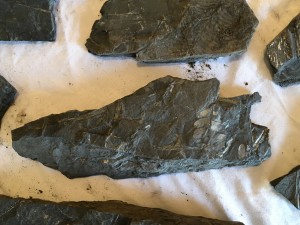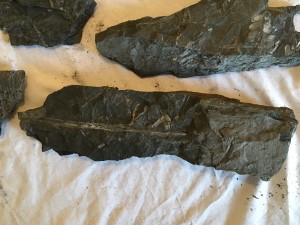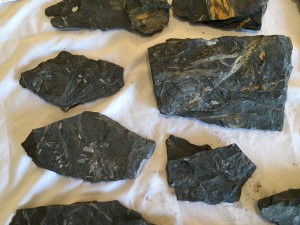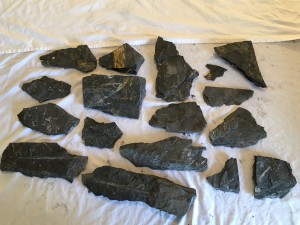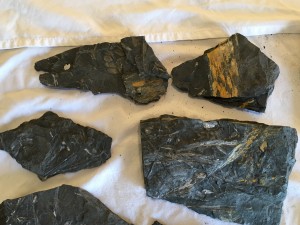You know those cool trilobite fossils? Turns out you can dig ’em up in limestone and shale deposits in places like Ohio, Indiana, Pennsylvania, and New York. A recent speaker at the Northeast Georgia Mineral Society later heard about a limestone cement quarry in Ohio that was just packed with Devonian period goodies – trilobites, shark bits, shellfish, and brachiopods in their gravel. The catch? Whole trilobites were super rare, and finding one was like hitting the jackpot. It actually took him a good three or four trips to the quarry before he finally snagged a complete one.
Fast forward a bit, and when he was at Cleveland State University, he and his buddies went fossil hunting. He and a college friend actually found a bigger one, but, oops, it broke in half! So they each took a piece. And get this – as they were heading out, one of their other friends, who wasn’t even that into fossils, just happened to spot a whole one right near where they parked. Talk about luck!
Now, for a quick geology lesson: Trilobites are these extinct arthropods that had cool exoskeletons and jointed appendages. Think of them as ancient relatives to modern-day crabs, centipedes, spiders, scorpions, ticks, horseshoe crabs, spiny lobsters, and even those little rolly-pollys you find in your garden. Their name, “trilobite,” makes sense when you see them, because the fossil has three main sections: a central spine and two lobes on each side. Trilobites had compound eyes and were ocean dwellers. Scientists figure out what they ate based on their mouthparts – some were probably plant-eaters, while others might have been predators. There are a whopping 22,000 known species of these guys!
Trilobites eventually disappeared during the Permian period, likely due to a massive die-off, possibly from a meteor impact that caused global chaos and volcanic activity. Plus, some folks think another arthropod, the Anomalocaris, might have been preying on them.
Our fine speaker even found some complete specimens in the shale deposits of the Conasauga River in NW Georgia once. It was near a new neighborhood, and he found tons of different species! But, sadly, word got out, and collectors started parking all over the neighborhood, which led to the site getting shut down and blocked off. It’s a real reminder for collectors to always be super respectful of these awesome locations. Oh, and if you’re looking for more trilobites, you might have some luck in Tennessee and Kentucky, too! Enjoy these photos of trilobites fossils from Georgia and from Madagascar, and enjoy the educational slides and feel free to share!



















